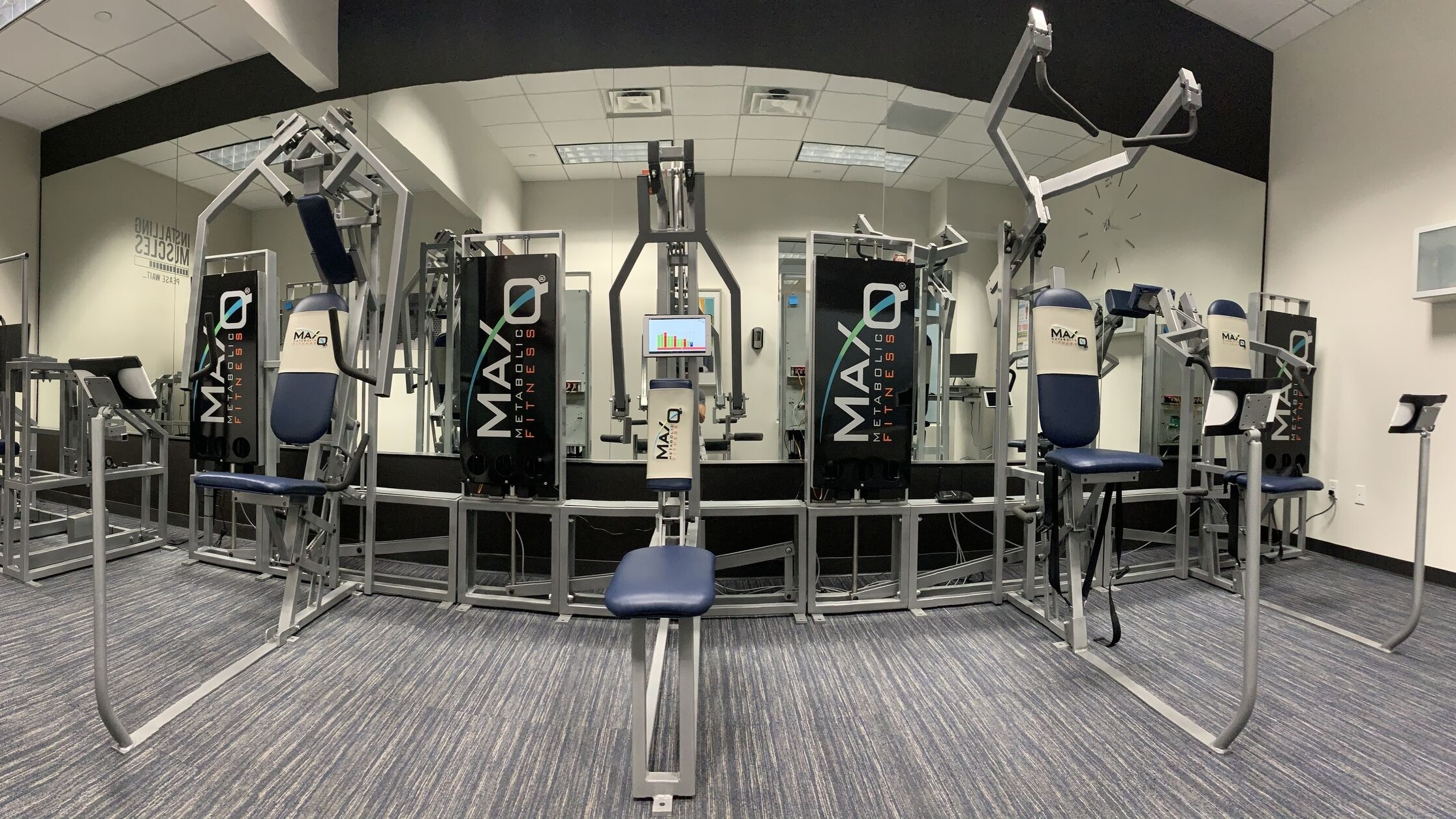In today’s fast-paced fitness landscape, implementing fitness technology has shifted from a luxury to a necessity. As gym owners seek to enhance client experiences and streamline operations, understanding how to harness technology becomes vital. This article will explore practical strategies for effective tech adoption, overcoming challenges, and embracing future trends—all aimed at helping gym owners thrive in a competitive environment.
Overview of Implementing Fitness Technology

Implementing fitness technology involves adapting innovative tools and systems to enhance gym operations and client experiences. The fitness industry has evolved dramatically over the years, with tech advancements leading to better tracking, personalized training, and improved client engagement. For gym owners, these tools do not just optimize performance but also foster stronger relationships with clients.
Many gyms have transformed traditional roles into tech-savvy environments where apps and digital platforms help manage schedules, track workouts, and maintain communication with clients. The better the technology, the more equipped gym owners are to focus on fostering a strong community that thrives on personal connections.
The Evolution of Fitness Technology
Key Changes in the Fitness Industry

The fitness industry has seen several key changes with the adoption of technology. The transition from manual logging to digital tracking represents a significant leap. Tools now exist for tracking performance, nutrition, and overall health, catering to individual needs. This shift allows trainers to offer a highly customized experience, addressing clients’ unique goals and preferences.
The Role of Technology in Personalized Training
Technology plays a crucial role in fostering personalized training experiences. As Jason Miller from Definition Fitness explains, “The biggest shift has been how tech allows us to deliver a more personalized experience at scale." For gym owners, investing in technology such as performance tracking apps and training management systems can streamline processes while providing an enhanced personalized approach to fitness.
Benefits of Technology in Gyms
Enhanced Client Engagement and Accountability

One of the primary benefits of implementing fitness technology is the significant boost it provides in client engagement. Digital tools can automate feedback, track progress meticulously, and send reminders, which strengthens accountability among clients. By allowing members to visualize their improvements, engagement becomes a driving force for continued participation in fitness programs.
Streamlined Operations and Administration
In addition to enhancing client experiences, technology streamlines operations dramatically. Scheduling and billing automation, as highlighted by Jason, has been transformative for Definition Fitness. Utilizing software allows for effortless class bookings and payment processing, reducing the workload for staff while improving client satisfaction.
Challenges in Implementing Fitness Technology
Resistance from Clients and Staff
Despite the numerous advantages, some challenges accompany the introduction of new technology. There can be resistance from clients, especially those who prefer traditional methods. Moreover, staff may require additional training to adapt to new systems efficiently and understand their full potential. These initial hurdles are manageable and often diminish as users become accustomed to the new processes.
Training and Adaptation Period

A clear training pathway is essential during the adaptation period. Jason emphasizes that, “the long-term gains far outweigh the short-term bumps.” As gym owners, they must prioritize training sessions and provide ongoing support to alleviate any concerns and ensure everyone feels comfortable with the new tools.
Expert Insights on Technology Adoption
“Start simple. You don’t need to go all-in overnight. Pick one tool that solves a real pain point.” - Jason, of Definition Fitness
Best Practices for Gym Owners
For gym owners looking to implement fitness technology, focusing on best practices is key. Start small with a single tool—approaching technology incrementally can prevent overwhelming staff or clients. Make sure to communicate the reasons behind changes clearly, robustly, and positively.
Creating a Digital Fitness Relationship

Developing a digital fitness relationship extends beyond merely utilizing technology; it involves engaging clients on multiple levels. By combining real-life interactions with online tools, gyms can create a holistic environment that supports clients’ fitness journeys.
Future Trends in Fitness Technology
Integration of Wearables and AI

Anticipated future trends highlight the integration of wearables and artificial intelligence in gym environments. Personalized fitness profiles could use data from wearables to tailor workouts and nutrition plans based on individual metrics. This advancement promises to revolutionize the experience for clients, providing them with tailored, real-time feedback during workouts.
Personalized Fitness Profiles

As technology evolves, the concept of personalized fitness profiles solidifies. These profiles will not only enhance the user experience but also facilitate better engagement by tracking clients’ fitness journeys from various angles—physical performance, health metrics, and behavioral data.
Key Takeaways for Gym Owners
Embrace Technology for Competitive Advantage
Incorporating implementing fitness technology offers gyms a competitive advantage in today's market. By valuing personalization and community, while adapting to new tools, gym owners position themselves as front-runners in the evolving fitness space.
Focus on Community and Personal Connection

Maintaining a strong community and personal interaction remains paramount. While technology enhances operational efficiency, it should never overshadow the personal touch that fosters genuine client relationships.
Conclusion: The Path Forward for Gyms

The path forward for gyms is clear: embracing technology without losing sight of the values that built the community is crucial. As gym owners, understanding the role of implementing fitness technology ensures that they not only survive but thrive in a landscape that is only becoming more competitive.
FAQs about Implementing Fitness Technology
What are the first steps to implement technology in a gym?
The first steps involve identifying specific pain points within your operations and selecting technology solutions that address these areas. Start with basic features, such as scheduling software or workout tracking apps, and gradually expand as needed.
How can technology improve client retention?
Technology improves client retention by providing personalized experiences and continuous engagement. Systems that track progress, offer reminders, and automate client communication foster a sense of accountability and involvement, ultimately leading to higher satisfaction levels.
What tools are essential for modern gyms?
Essential tools include membership management software, performance tracking apps, scheduling automation systems, and communication platforms to facilitate community engagement. These tools streamline operations and enhance client experiences.
 Add Row
Add Row  Add
Add 



Write A Comment